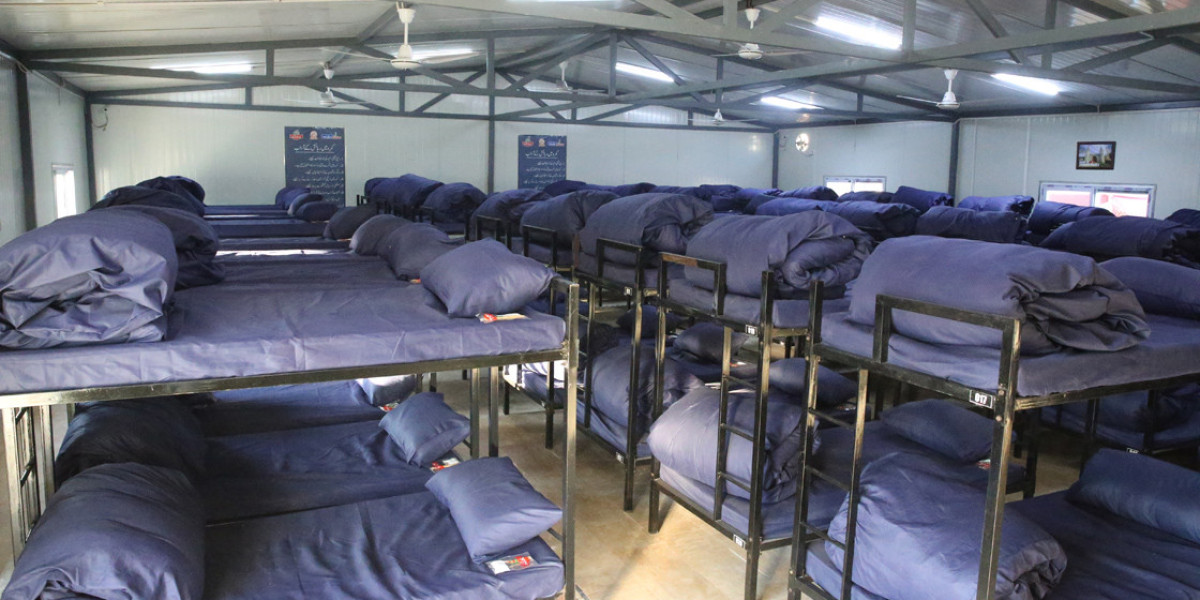In a country where poverty, displacement, and social inequality remain pressing challenges, shelter homes in Pakistan have become essential lifelines for the underprivileged. These safe spaces provide housing, care, and dignity to orphans, abandoned children, homeless individuals, and women escaping abuse. Over the years, the government, in collaboration with non-governmental organizations like SOS Children’s Villages Pakistan, has developed a framework to offer social protection to the most vulnerable segments of society.
Among the most transformative initiatives introduced in recent years is the Ehsaas Program—a comprehensive poverty alleviation strategy launched by the Government of Pakistan. The program aims to reduce inequality, invest in human capital, and uplift marginalized populations. One of its many touchpoints has been the support and development of shelter homes across the country.
This blog will explore how the Ehsaas Program has impacted shelter homes in Pakistan, how public-private partnerships have strengthened these efforts, and the future potential for institutional care when backed by national welfare programs.
What Is the Ehsaas Program? A Brief Overview
Launched in 2019 under the Prime Minister’s vision, the Ehsaas Program is Pakistan's flagship initiative for social welfare. It includes over 140 policy interventions, focusing on:
- Income support and cash transfers
- Access to education and healthcare
- Nutrition for children and mothers
- Employment opportunities for the poor
- Emergency shelter and food provision
One of the most notable aspects of Ehsaas is its commitment to inclusive development—especially through Panahgahs (shelter homes), Ehsaas Kafaalat, Ehsaas Langar, and Ehsaas Nashonuma programs.
How the Ehsaas Program Supports Shelter Homes in Pakistan
1. Establishment and Expansion of Panahgahs
The Ehsaas initiative led to the establishment of Panahgahs in major cities across Pakistan. These shelters provide:
- Temporary accommodation for homeless individuals
- Two free meals daily
- Clean bedding and hygiene supplies
- Security and healthcare support
The Panahgah model represents a state-led effort to restore human dignity for people sleeping on streets or in unsafe conditions. Over 50 Panahgahs have been launched since the program’s inception, primarily targeting laborers, travelers, and the urban homeless.
2. Ehsaas Langar and Meal Programs
For shelter homes already operating, Ehsaas Langar (free meal programs) have provided critical nutritional support. Government-NGO collaborations ensure that individuals in both public and private shelters receive regular meals. This has greatly reduced the burden on shelters struggling with food supply and rising inflation.
Institutions like SOS Children’s Villages Pakistan, which cater to hundreds of children, benefit indirectly through reduced food insecurity at the national level, helping them allocate more resources to education and healthcare.
3. Financial Inclusion through Ehsaas Kafaalat
Although Ehsaas Kafaalat primarily targets women from low-income households, its indirect benefits for shelter homes are significant. For example:
- Women escaping abusive homes and taking refuge in shelter homes receive financial stipends, giving them autonomy and stability.
- Orphaned children under the guardianship of NGOs like SOS Children’s Villages Pakistan benefit from the extended social safety net provided to caregivers and families.
This financial inclusion allows women and vulnerable caregivers to break free from cycles of dependence and trauma.
4. Emergency Response and Natural Disaster Relief
Shelter homes often serve as crisis centers during floods, earthquakes, and pandemics. The Ehsaas Emergency Cash Program was critical during COVID-19 and during monsoon floods in Sindh and Balochistan.
- Cash transfers were made directly to the displaced population.
- Temporary shelters were expanded or funded to accommodate affected communities.
- Medical camps were set up in coordination with NGOs.
Private organizations like SOS Children’s Villages Pakistan also played a crucial role by opening doors to children and families displaced by disasters, often with government support through Ehsaas.
Impact of Ehsaas on Shelter Home Residents
A. Dignified Living for the Homeless
Before Ehsaas Panahgahs, many individuals had no choice but to sleep on roadsides or under bridges. With these shelters now operational in multiple cities, thousands have access to:
- Clean and safe sleeping areas
- Medical checkups and basic hygiene
- Meals and warmth during harsh weather
This has improved the physical and mental well-being of many, turning mere survival into a path toward rehabilitation.
B. Empowerment of Women in Safe Homes
Women residing in shelters due to domestic abuse or family breakdowns are now eligible for multiple Ehsaas interventions, including:
- Financial support
- Health insurance under Sehat Sahulat Cards
- Skill development through Ehsaas initiatives like Ehsaas Amdan
These women are not just surviving—they are regaining independence, pursuing jobs, and building futures.
C. Better Support for Orphaned and Abandoned Children
While public orphanages have seen improved food and facility support via Ehsaas, NGOs such as SOS Children’s Villages Pakistan benefit from the broader poverty reduction ecosystem fostered by the program. With fewer families pushed into poverty, child abandonment cases have slightly declined, allowing existing facilities to focus more deeply on education and emotional care.
Collaboration Between Government and Private Shelter Homes
A New Model of Public-Private Synergy
One of the most promising outcomes of the Ehsaas Program has been the collaborative spirit it fostered. For the first time, there has been a concerted effort to:
- Map all shelter homes in Pakistan
- Create national standards for care
- Link NGOs with local administration for aid distribution
- Offer training and development support for shelter staff
For example, SOS Children’s Villages Pakistan collaborates with local authorities to help reintegrate children into families, reunite them with extended relatives when possible, and provide legal aid—all aligned with Ehsaas goals.
Policy Shaping and Influence
As the government moves toward institutional reform in the welfare sector, input from private leaders like SOS has shaped policies on child protection, early education, and mental health services. The government’s recognition of credible NGOs as equal partners marks a cultural shift in how shelter home governance is viewed.
Challenges That Still Remain
Despite notable achievements, the journey is far from over. Several challenges persist:
1. Unequal Reach Across Provinces
While Panahgahs are more prominent in Punjab and Islamabad, other provinces like Balochistan and interior Sindh still face shortages of well-equipped shelters.
2. Limited Capacity
Government shelters often struggle with overcrowding, and private shelters cannot always accommodate emergency cases due to capacity or resource constraints.
3. Funding Volatility
Ehsaas programs rely heavily on national budgets and external loans. Political instability or fiscal issues can affect continuity and funding for shelter-related initiatives.
4. Monitoring and Evaluation Gaps
Though the intent behind Ehsaas is strong, impact evaluation is often inconsistent. There is a need for third-party audits and data transparency to assess program effectiveness at the shelter level.
The Role of SOS Children’s Villages Pakistan in a Post-Ehsaas Era
SOS Children’s Villages Pakistan continues to lead by example in delivering quality care to children who have lost parental support. With a long-standing presence and trust among donors and communities, SOS complements the Ehsaas Program in various ways:
- Family-like care: Unlike institutional orphanages, children are raised in homes with an SOS mother, promoting emotional stability.
- Education: 22 Herman Gmeiner Schools across Pakistan ensure consistent academic excellence.
- Youth empowerment: Skill training and university support prepare children for independent adulthood.
- Child reunification: Working with social welfare departments to reintegrate children with biological families when safe and appropriate.
As Ehsaas continues to evolve, the government can learn from the SOS model and integrate its best practices into the public care system.
Conclusion
The introduction of the Ehsaas Program has brought about a significant shift in the way shelter homes in Pakistan function. By focusing on inclusion, dignity, and multi-dimensional poverty alleviation, Ehsaas has improved the lives of thousands residing in or relying on shelters across the country.
However, government intervention alone cannot address the scale and complexity of Pakistan’s social challenges. Institutions like SOS Children’s Villages Pakistan continue to fill critical gaps through holistic, human-centered care models. The future lies in deepened collaboration—where government programs provide the structural backbone, and NGOs bring in innovation, compassion, and specialized expertise.






